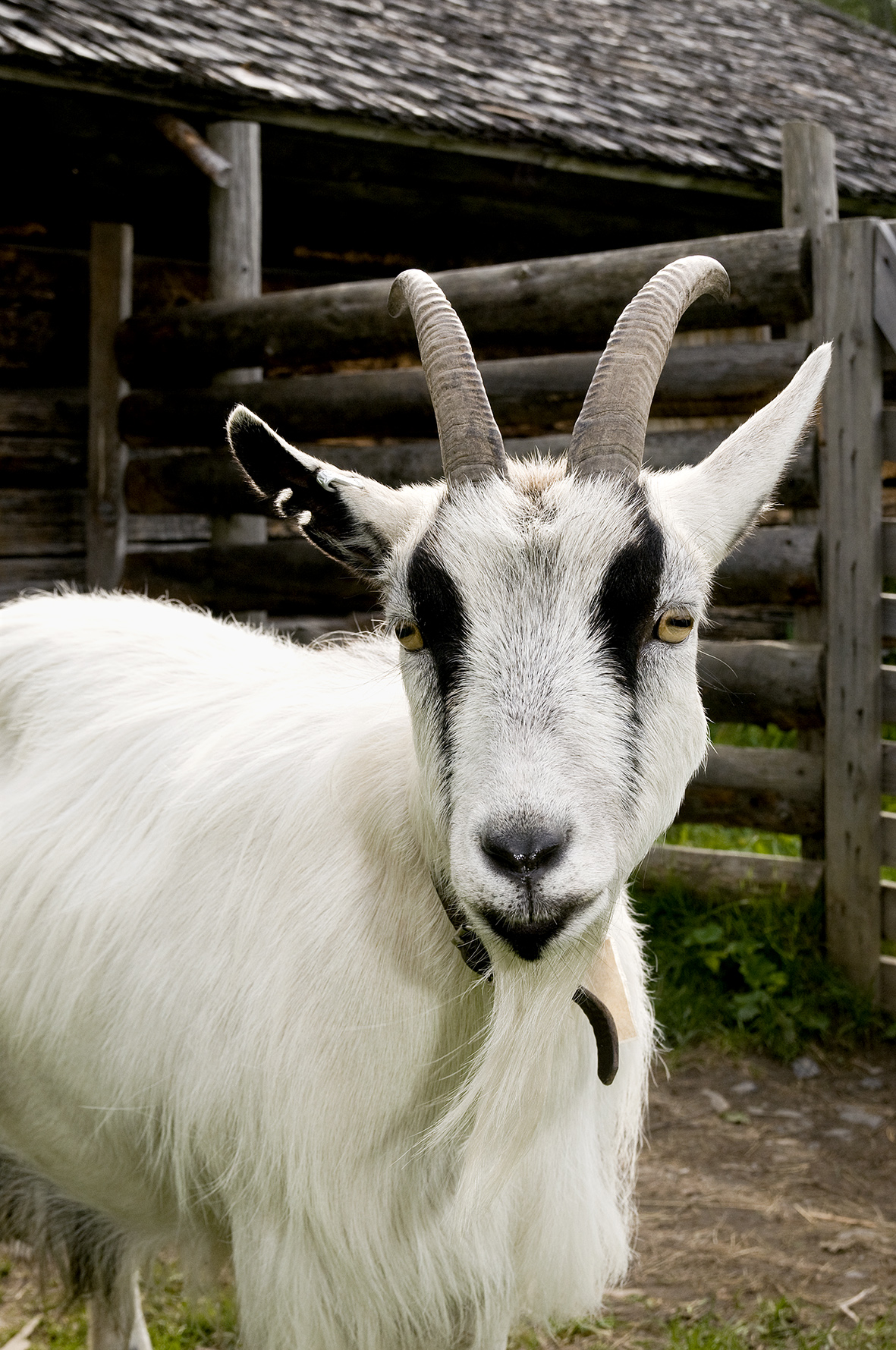Going on a safari does not have to mean hardships in the wilderness searching for wild animals. There are traditional breeds of farm animals that are easy to catch a glimpse of around Jämtland. Driving around you are most likely to see the Mountain Cattle on some farms keeping to the traditional breeds. They are especially suited for a mountain climate. One farm keeping mountain cattle is Brunkulla farm just outside the city Östersund, Sweden, offering exotic Mountain Cattle Safaris.














